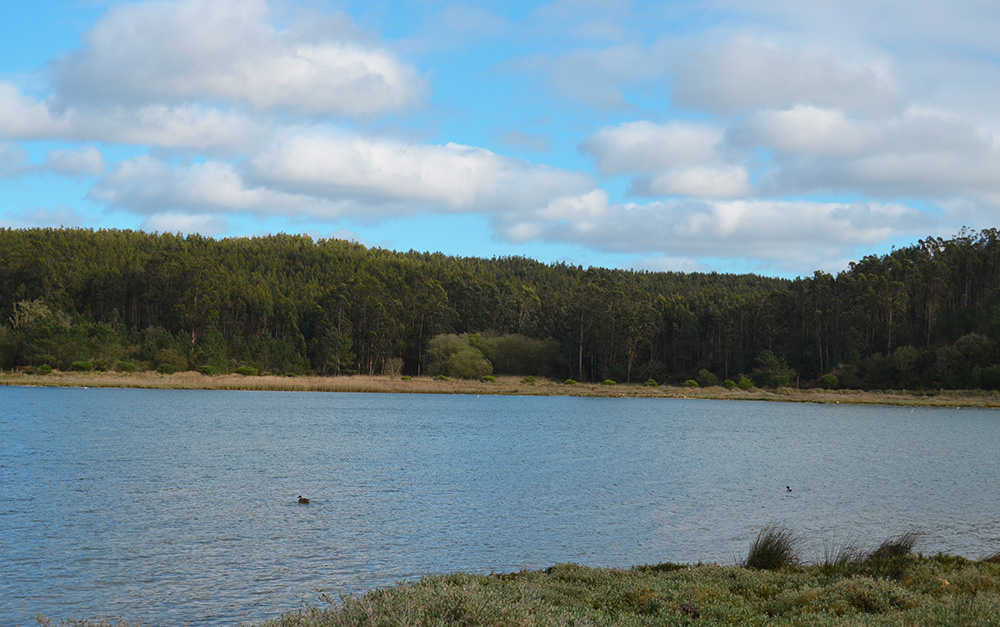In English it is frequently said that curiosity killed the cat. The origin of the expression goes back several centuries; even Shakespeare used a similar formula in one of his works, and it has continued to be used to this day. What is not so well known is a second part, which began to be used at the beginning of the 20th century in the United States; it says that satisfaction brought it back. This is intended to express that, while an excess of curiosity can be dangerous or counterproductive, the fact of finding satisfactory answers can compensate for the risk or effort.
In Nave Lagoa we like seeking satisfaction through the answers. We are going to use this blog to share discoveries, create a small community in which we help each other with clues to navigate the roads, physical or cultural, and the written and unwritten rules of the Oeste region of Portugal. We will talk about the lesser known experiences of Óbidos, Nazaré, Caldas da Rainha or Peniche, the most recommended beaches and also about plans for those who do not like the sand so much.
We will share experiences around multiple topics, from what is an RNH (which is not a new blood factor), to why in this area those who seek to rediscover oneself sometimes achieve it earlier relying on a surfguru that with more traditional help.
To begin with, today we will explain the differences between ecovias, ciclovias and ecopistas, which may sound similar but are not the same. We are going to do it with three local examples:
Ecovía Várzea da Rainha: An ecovia can be traveled on foot or by bicycle and usually connects areas of environmental interest. In the information from the Cámara Municipal de Óbidos you can see well described and detailed the one we like the most in the area, which goes from the Óbidos train station to the beach of Bom Sucesso at the lagoa. It includes around 15 kms of trail (and only 500 m of road) that go through fields of fruit trees and then border the south of the lagoon. The highlight here, woubl be the views of Óbidos Castle from the road at sunset. If possible, try to avoid going during weekends of good weather as there can be too much human noise disturbing the tranquility of the lagoon.
Ciclovía São Pedro de Moel: A ciclovia is a bike path, a space for the circulation of bicycles. In the province of Leiria you can find one of the best examples that a cyclist can find in the world: the Ciclovia Estrada Atlántica. From Nazaré to the North there are more than 100 km of asphalt lane, parallel but physically separated from the road, and with a spectacular route among forests, dunes and small fishing villages. The section that we like most runs between the lighthouse of São Pedro de Moel and Praia da Vieira. This section has 14 kms of great beauty but it is also worth exploring all the rest of the sections of the Estrada Atlantica and its special atmosphere.
Ecopista do Vouga: And finally, the word that gives title to this entry, and that is clearly the most evocative of the three because it inevitably leads one to think about ideas and clues to enjoy the most of Nature, of Nature with a capital N. An ecopista is usually an old railway route reconverted to a pedestrian or cyclist route. This is what in Spain and other European countries are called Greenways but in Portugal are called Ecopistas because the denomination of Via Verde was already used for automatic lanes on toll roads and the devices to use them. The ecopistas tend to be roads of great scenic beauty, in places with little or no traffic. In Portugal there are several, especially in the North, but we especially like the Vouga one, which runs parallel to the river between Viseu and the vicinity of Aveiro.
Do you know other routes in the area that are worthwhile exploring? Please share your experiences with us.


